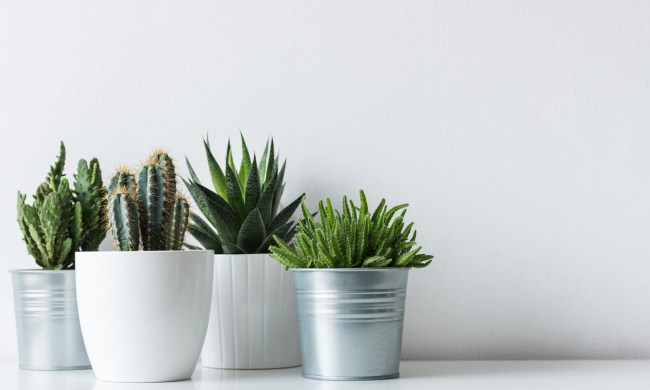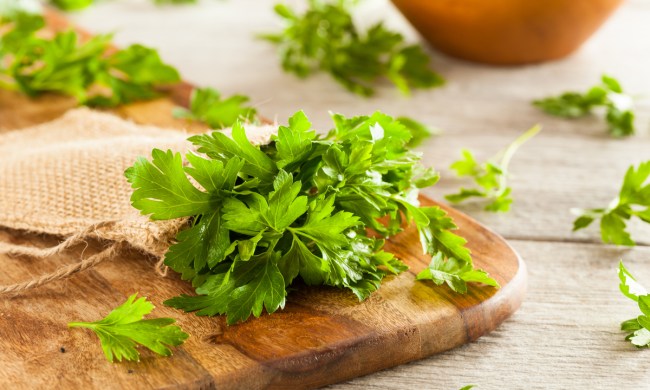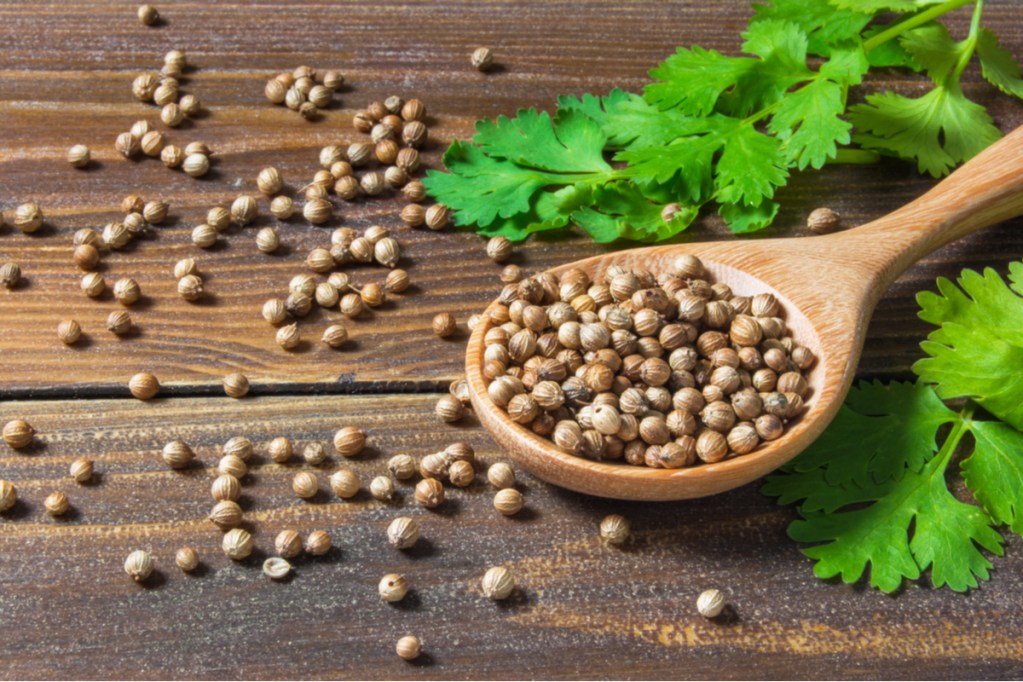
Cilantro and coriander are both popular kitchen herbs. Cilantro features bright green, flat leaves (that somewhat resemble Italian parsley) and is known to many as “the herb that tastes like soap.” Coriander seeds come from the same plant as cilantro, which is scientifically known as Coriandrum sativum. What we call cilantro is actually the coriander plant, and to many, the dual-purpose of this herb can cause a bit of confusion. Here’s everything you need to know about coriander vs. cilantro for the next time you’re cooking in the kitchen or harvesting them from your garden.
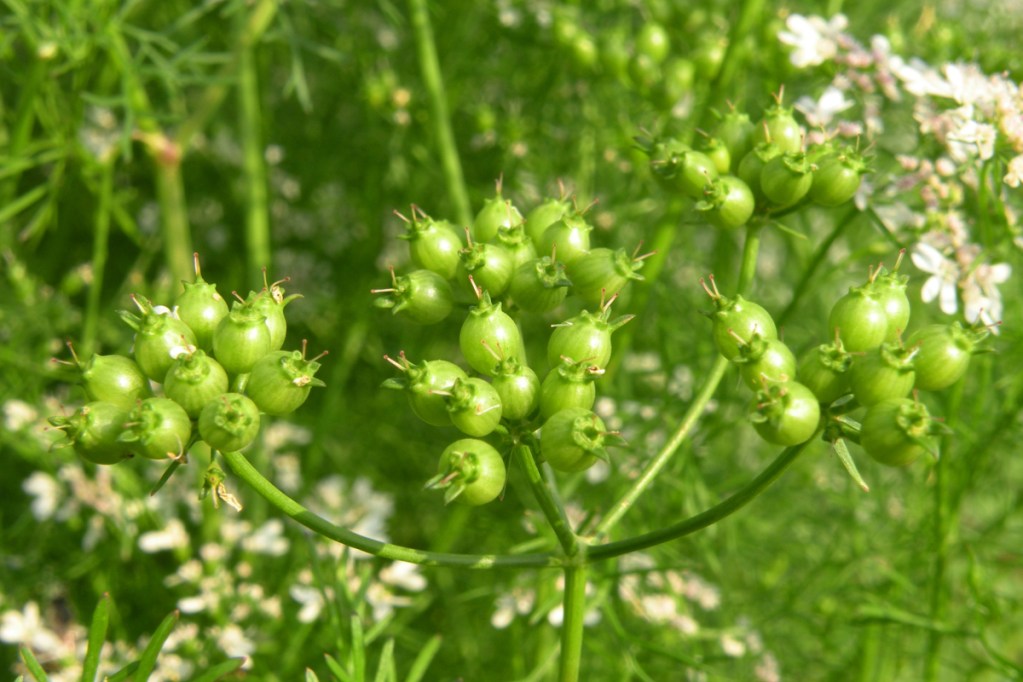
How do cilantro and coriander differ?
Because they come from the same plant, it’s very easy to be confused about why these herbs aren’t called the same thing. But here’s the difference: Cilantro is not only the leaves of the plant but the stems as well, and coriander comes from the seeds. Why are the stems and seeds called cilantro instead of coriander if it’s a coriander plant?
Well, the naming convention happens to be regional. In North America, these two herbs have different names: cilantro and coriander. However, in other parts of the world, the stems and leaves are known as coriander, and the seeds are coriander seeds (and cilantro is actually Spanish for coriander).
The taste of coriander vs. cilantro
Both cilantro and coriander have a citrusy taste to them. To some people, cilantro tastes more like soap, which has to do with the compounds it’s made of. To others, it has a very strong citrusy taste that complements certain dishes. Coriander, on the other hand, has a floral or lemon taste that is entirely different from the leaves. For that reason, the two should never be substituted for one another. Even though they’re both parts of the same plant, they’re unique and tasty herbs with entirely different uses.

What’s the best use for coriander?
Coriander seeds are often used in rice dishes, curries, soups, and pickling recipes. They can be used whole, crushed, or ground up, depending on what you’re making (typically a recipe will tell you which is needed). The flavor of this herb lends itself more to warm and spicy dishes. If you’re growing coriander at home, you can easily make your own crushed or ground version, too. It helps to have a mortar and pestle on hand. Due to the method of harvesting, the seeds will always be dry (and prepared for storage!) before you use them.
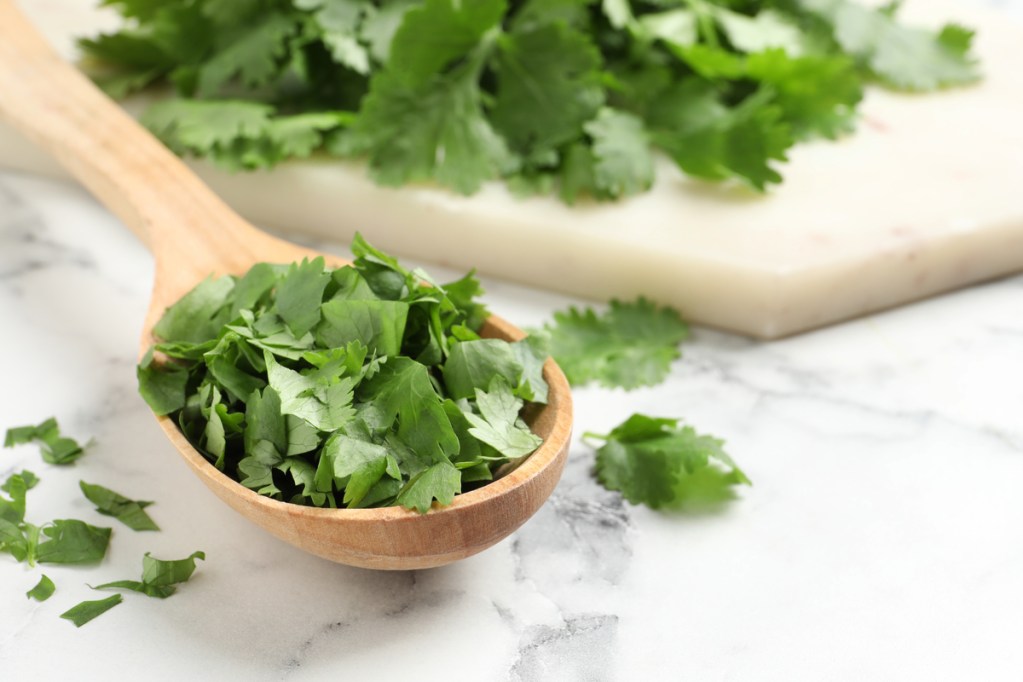
When would you use cilantro?
Fresh cilantro — chopped or whole — is used commonly in Asian and Mexican cuisine. Because the stem is edible and has a lot of flavor, you can chop it up with the leaves or use the whole sprig as a garnish for your dish. Salsas, sauces, spreads, and dips are some of the best recipes to add cilantro to.
Be wary when cooking with cilantro, though. It doesn’t hold its flavor well and should be added toward the tail end of the recipe. It’s equally important to know who you’re cooking for. Because many regard cilantro as having a soapy taste, it can easily make or break a dish.
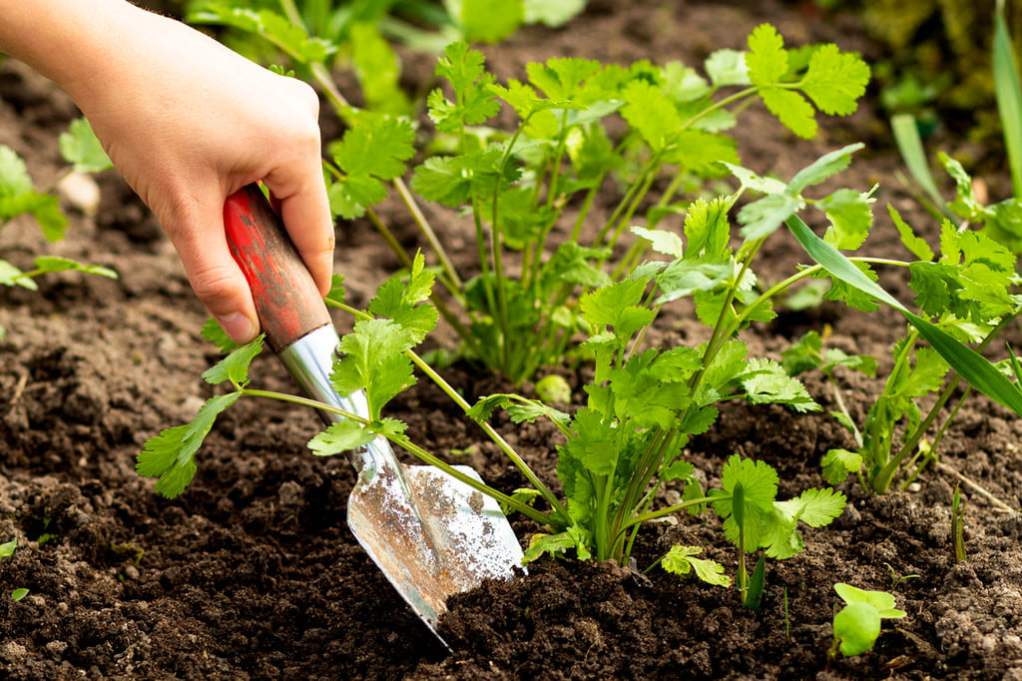
Growing cilantro to encourage seeds
The best way to encourage seeds on any plant — indoor or outdoor — is to provide the best care possible. If you’re growing cilantro outdoors, you may want to consider container gardening over full-sized garden beds. This way, you can overwinter your plants to have a fresh, tasty harvest throughout the year.
Cilantro prefers bright indirect lighting and loathes direct light, which can easily burn and harm the delicate herb. You can keep it by an east-facing window, patio, or garden bed — just make sure it receives sufficient afternoon shade.
As far as soil and water go, use a well-draining soil so that the roots don’t sit in soggy soil. The better the drainage, the less prone your herb is to root rot. The soil should be kept regularly moist, so only water when the top inch or so is dry. Do your best to not let the plant dry out completely.
If you’re interested in growing both coriander and cilantro, you should consider having more than one plant: at least one specifically for coriander and one for cilantro. That way, you can tend to one and let it flower and go to seed without the risk of it dying from over-harvesting. If you’re harvesting cilantro, take care never to harvest more than half the plant at a time to avoid stressing it out.
Will cilantro grown indoors flower and seed?
Cilantro is a popular herb for indoor herb gardens, and it just so happens to be self-seeding even in indoor conditions. This means that you won’t have to choose whether you want your potted cilantro indoors or outdoors (unless space is an issue) because you’ll be able to harvest coriander seeds either way.
How do you harvest coriander seeds?
After allowing your cilantro flowers to go to seed, you can then harvest the seed pods. To pick the seed pods when they’re fresh, check for a lime green color. After harvesting the pods, set them aside on a towel and wait for about a week before you use them. Some people hang the fresh coriander pods onto strings to dry, too.
It’s also possible to collect the seeds when they’re dry and brown. Keep in mind that they will be a bit more fragile to handle, so keep a bowl underneath your plant while harvesting the seeds. Once you have seeds that are nice and dry, you can store them inside of spice jars so that they’re all ready to grind into your favorite recipes.
Now that you know the difference between cilantro and coriander, you can confidently grow and harvest them from the comforts of your home, whether you’re tending to them indoors or outdoors. Having fresh cilantro around not only adds fragrant aromas but also expands the variety of herb-infused meals you can make with your hard work.
